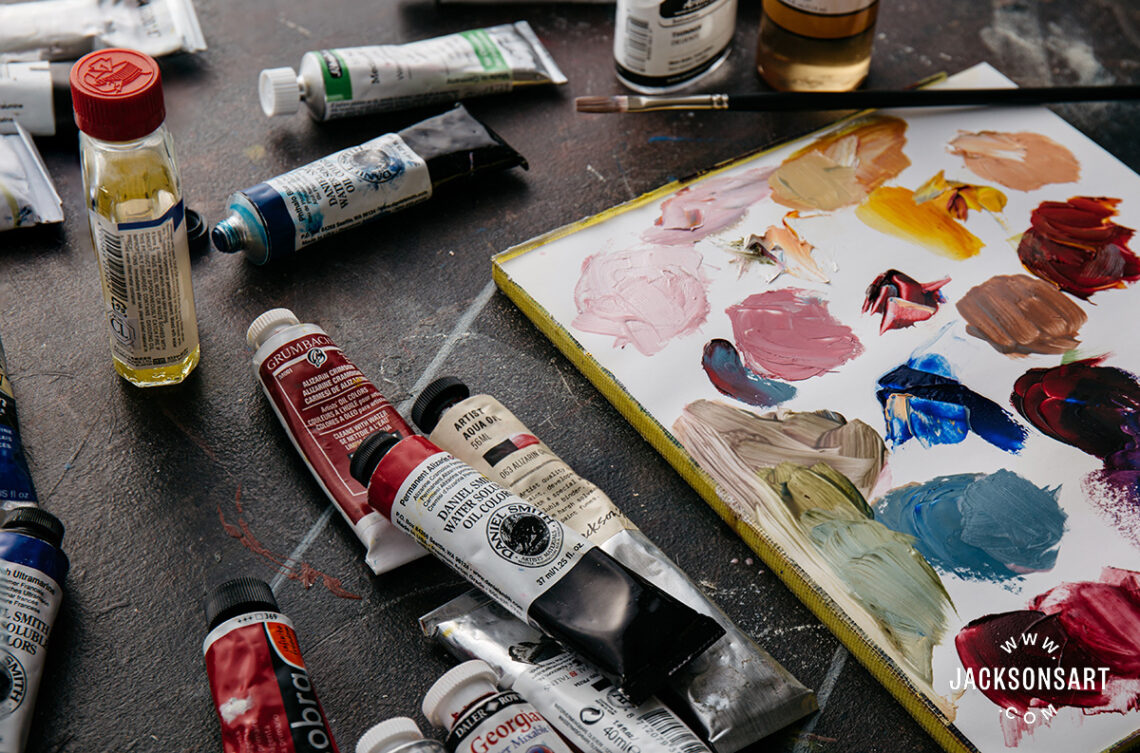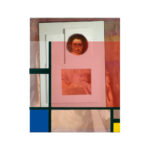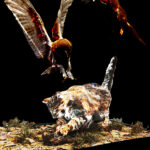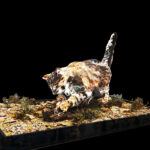For the Making and Breaking Narrative project, I wanted to investigate how the relationship between contemporary art and the materials/methods it uses. As I’m personally interested in traditional methods (primarily oil painting), I wanted to understand why modern art shirks away from these mediums and methods, and stays predominantly in the realms of abstraction and interdisciplinary art. Having given the idea much thought after a tutorial discussing the possible reasons for this, I’ve ended up writing a small informal essay (or rant) that discusses the issue. However it did mean that I had a more clear idea of how I’d make a piece that targets this idea.
Firstly, I need to define the word contemporary in the context of art. The Tate states on it’s website that ‘the term contemporary art is loosely used to refer to art of the present day and of the relatively recent past, of an innovatory or avant-garde nature.’ It also states that the timeframe for contemporary art varies depending on who’s displaying it, for example: ‘The Institute of Contemporary Art in London, founded in 1947, champions art from that year onwards. Whereas The New Museum of Contemporary Art in New York chooses the later date of 1977. In the 1980s, Tate planned a Museum of Contemporary Art in which contemporary art was defined as art of the past ten years on a rolling basis.’ However, the time frame is not the important part of the definition, it is that the art is ‘of an innovatory or avant-garde nature’, with so many new methods and technologies to produce art, it’s understandable that contemporary art doesn’t use methods popularised over a century ago. Contemporary art is also intended to be as accessible and prevalent to as wide an audience as possible, whereas traditional paintings and sculptures where at the time, intended for a select elite audience, as were the methods to produce it. Traditional methods still carry the burden of connotations of the class systems of the past, an idea that feels unwelcome in contemporary art.
These methods don’t fit well into contemporary art practice, but I believe they shouldn’t have to. People still learn to play classical instruments, people can still appreciate the skill associated with that, and classical concerts to display these skills still exist, so why should the visual art’s be any different. People visit historical galleries to learn about the past through the art, but also often just to appreciate the skill of the craftsmanship, so why aren’t todays artists given that opportunity? Largely, I don’t think expense is an excuse either, I believe it’s another weight from the traditional methods’ past that is now used as an excuse. The materials used in traditional art are expensive, some more than others, but so are several contemporary practices (often even more so): camera equipment, software, costumes, computer equipment and programming, lighting, machinery and tools used in modern sculpture, esoteric materials, complex installations, costs associated with displaying in unconventional places with unconventional methods, sound effects, sfx, employing people for performance pieces, production planning… the list goes on. The means to learn traditional methods would also in theory be much more accessible then they were when these methods were at their height. Sadly places to learn these methods (at least in the UK) are few and far between, because institutions have to follow the artistic trends to have any financial viability. This is however a vicious cycle, seeing as these institutions are producing the artists that go on to set the artistic trends.
I also find contemporary art is often hypocritical: It intends to be for the masses, to resonate with anyone, but often the methods used to create it are so unusual, the imagery so abstract, the idea behind it so convoluted, that you have to read a plaque in the far corner of the room explaining what the piece is and what it means before you have any ideas of what your looking at. Even then, the artist often becomes so involved in distorting and abstracting the imagery along there protracted thought process, that the art itself is so divorced from the idea it’s trying to convey that only it’s creator knows what they’ve made. Most viewers will end up taking something completely different from the piece, or simply stare with a bemused expression of befuddlement whether they read the small plaque in the corner or not.
I of course understand that’s often the point of contemporary art – that you take your own meaning from the work, and in that way it is accessible to everyone. Frankly however I think this idea is far from ‘avant-garde’, if anything it’s stagnating the art scene. No matter how many different materials and methods you use, if all you end up with is something that’s just as confusing as the last abstract painting or sculpture, which is interpreted completely differently by everyone, then what does it achieve?






